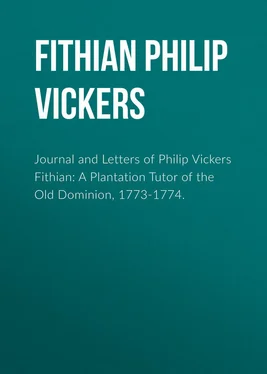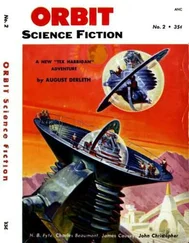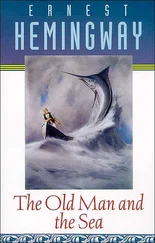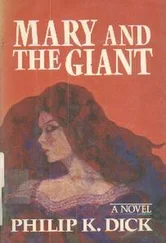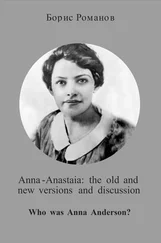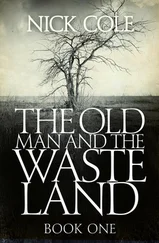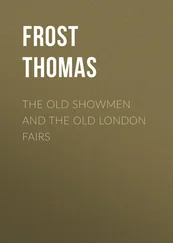Benjamin Tasker.
Robert Bladen or "Bob."
Henry or "Harry" Willis.
Priscilla.
Ann Tasker or "Nancy."
Frances or "Fanny."
Betty Landon.
Harriot Lucy.
Benedict Pictete had first published his Teologia Christiana in 1696.
Priscilla, "Nancy," and "Bob." This school was conducted in rotation at a number of manor plantations of the region by Francis Christian, a dancing master.
The banks of the Potomac River could be seen in the distance from the upper floor of "Nomini Hall."
Yeocomico Church, one of the two Anglican churches in Cople Parish in Westmoreland County. Built in 1706, this structure still stands.
Thomas Smith was the rector of Yeocomico Church at this period. Smith was a man of large means. He had been sent as a youth to be educated in the mother country. He first attended a school at Wakefield in Yorkshire and later entered Cambridge University, where he was graduated in 1763. His son, John Augustine Smith, later became president of the College of William and Mary.
Captain Walker was a friend of Robert Carter and often visited "Nomini Hall." Fithian frequently dined at Walker's home.
Stadley was a German music master who visited "Nomini Hall" regularly at this period to instruct the Carter children. He also taught in a number of other homes in the Northern Neck. Before coming to Virginia, Stadley had taught music in New York and Philadelphia. In one of Carter's account books the musician's name is entered as "Strader." Cf. Waste-Book, No. 2, September 27, 1773 to December 31, 1773, p. 45.
Carter was doubtless returning from attendance as a member of the General Court at this time.
Fithian was preparing for his examination before the Presbytery at Philadelphia at this time.
"Hickory Hill," the manor house of John Turberville (1737-1799) was about a mile distant from "Nomini Hall." Turberville had married his first cousin, Martha Corbin. One of their ten children, Letitia Corbin Turberville, later became the wife of Major Catesby Jones. Their youngest son, George Richard Turberville, married his first cousin, Martha Corbin, only daughter of Gawin Corbin of "Peckatone." Their eldest son, George Lee Turberville, married Betty Tayloe Corbin. The Turbervilles were connected with the Lees of Westmoreland County in a number of ways and possessed large landed properties.
Jane or "Jenny" Corbin was a sister of Mrs. John Turberville of "Hickory Hill."
Cunningham was one of a number of young Scotch merchants who had settled in the Northern Neck. He was apparently a member of a firm referred to in the account books of Robert Carter of "Nomini Hall" as "Messrs. Fisher and Cunningham."
See fn. 51.
Lancelot Lee was the son of George Lee of "Mount Pleasant" in Westmoreland County who had died in 1761. Lancelot's brother, George Fairfax Lee, had inherited their father's manor plantation. Lancelot and George Fairfax Lee were cousins of the Lees at "Stratford," "Lee Hall," and at "Chantilly."
"Nomini Hall" was some ten miles distant from the seat of government in Westmoreland County, which is situated in the present town of Montross.
Richmond Court House, the seat of government in Richmond County, now called Warsaw, is some ten or twelve miles distant from "Nomini Hall." There were a number of enthusiastic turfmen in Richmond County during the eighteenth century.
Colonel John Tayloe (1721-1779) was one of the wealthiest men in the Northern Neck. His manor house, "Mount Airy," was located near Richmond Court House, and overlooked the Rappahannock River, some two miles in the distance. Tayloe was a noted fancier of fine horses.
Dr. William Flood lived at "Kinsail," a plantation in Westmoreland County. He frequently combined the pleasures of horse racing with the practice of his profession. Cf. Blanton, Wyndham B., Medicine in Virginia in the Eighteenth Century (Richmond, 1931), p. 379.
Since it was often difficult to secure a sufficient number of clergymen for the parishes in Virginia, young English schoolmasters and tutors were frequently induced to return to the mother country and take orders so that they might fill such vacancies.
Robert Carter's account books reveal that he sometimes had business transactions with one George C. Gordon of Westmoreland County.
See catalogue of Robert Carter's library in Appendix, pp. 221-229.
Hobb's Hole, the present town of Tappahannock, is situated on the Rappahannock River in Essex County. The town was a lively center of trade and shipping at this period.
John Warden was a young Scotsman. While a student in Edinburgh, Warden had been engaged by Dr. Walter Jones of Virginia to serve as a tutor in the family of his brother, Colonel Thomas Jones of Northumberland County. In the Jones home Warden had enjoyed exceptional advantages and he appears to have read law after coming to the colony. He later became a distinguished member of the Virginia bar.
Both Richard Lee (1726-1795), commonly called "Squire" Lee, and his cousin, Richard Henry Lee (1732-1794), who was known as "Colonel" Lee, lived on estates on the Potomac River in Westmoreland County. "Squire" Richard Lee's manor plantation was called "Lee Hall." The home of Colonel Richard Henry Lee was known as "Chantilly." A second Richard Lee, also known as "Squire Lee," and a cousin of the above mentioned persons, lived on the Potomac in Charles County, Maryland.
This schooner had been named for Carter's daughter, Harriot Lucy.
Carter described the harmonica as "the musical glasses without water, framed into a complete instrument, capable of through bass and never out of tune." Quoted in Williams, ed., Fithian , p. 59, fn. 1.
The Yeocomico River.
Yeocomico Church.
Grigg, the captain of an English vessel, often mingled with the plantation families of the Northern Neck when he was in the colony.
Letitia Corbin Turberville.
William Booth, who was a planter of considerable means in Westmoreland County at this time, was probably the father of this youth.
Читать дальше
